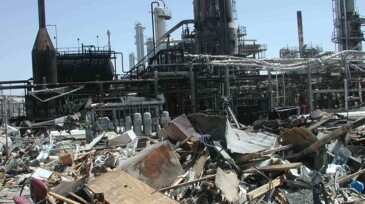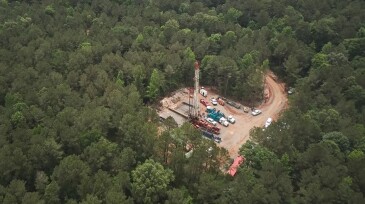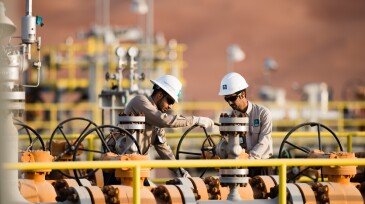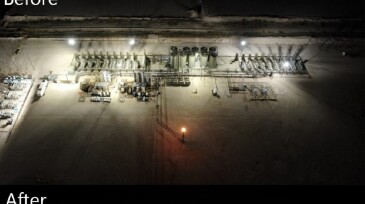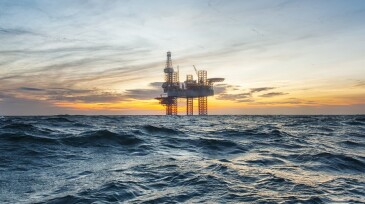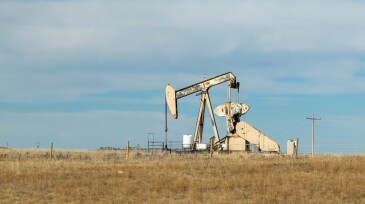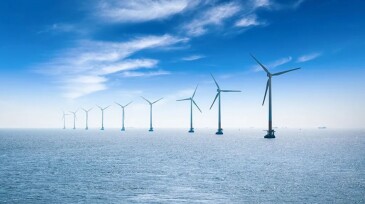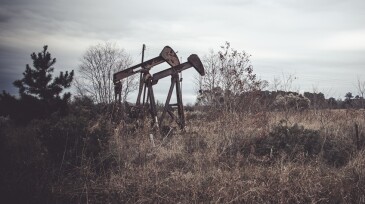HSE & Sustainability
The 14 available locations are estimated to be able to provide up to 2 gigatonnes of additional carbon-dioxide storage capacity.
Sustainability in reservoir management emerges not from standalone initiatives but from integrated, data-driven workflows—where shared models, closed-loop processes, and AI-enabled insights reduce fragmentation and make sustainable performance a natural outcome.
This study presents the development of a biodegradable surfactant developed using principles of environmentally friendly chemistry from natural sources. The goal is to develop an effective and environmentally friendly surfactant that can emulsify and disperse oil to reduce its effects on marine environments.
-
A recent study highlights the major challenges the technology faces as operators consider the pros and cons of using additive manufactured parts in a corrosion-prone environment.
-
This paper discusses and demonstrates the limitations of quantitative risk assessments (QRA) with respect to the usefulness of the concept in managing day-to-day and emerging risks as well as the effect of change. The paper goes on to discuss improved solution sets compared with pure reliance on QRA.
-
The money will aid the partnership of Equinor and Standard Lithium in constructing a processing plant, which, in its first phase, is targeted to produce 22,500 tonnes of lithium carbonate per year for use in battery production.
-
Aramco expects to complete Phase 1 construction of the 9-mtpa facility in 2027.
-
DarkSky International, a global authority on light pollution reduction, applauded Franklin Mountain Energy for overhauling its lighting practices, which reduced the skyglow during the night.
-
Delayed decommissioning has been a theme on the UK Continental Shelf thanks to legal, regulatory, and technical hurdles, the report says.
-
The analysis found that the decline in Permian Basin methane emissions equaled the annual carbon emissions avoided by every electric vehicle in the US.
-
The funding, aimed to help small operators, builds on nearly 100 cross-government actions designed to sharply reduce methane pollution.
-
The Interior Department has now approved more than 19 GW of offshore wind energy.
-
The money from the Investing in America agenda will be used for plugging, remediating, and reclaiming orphaned oil and gas wells in national parks, national forests, and national wildlife refuges.





